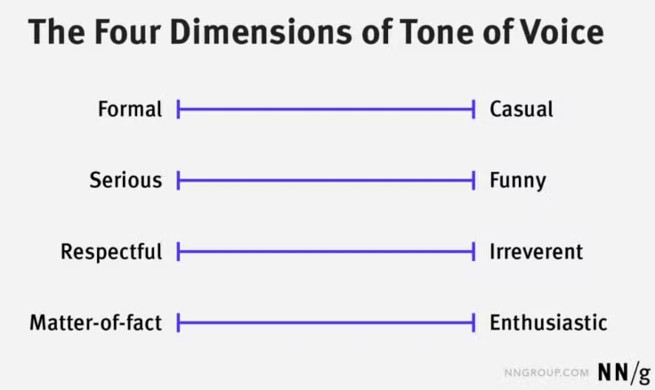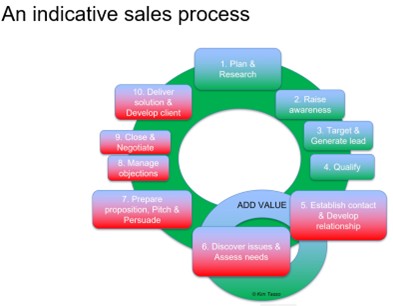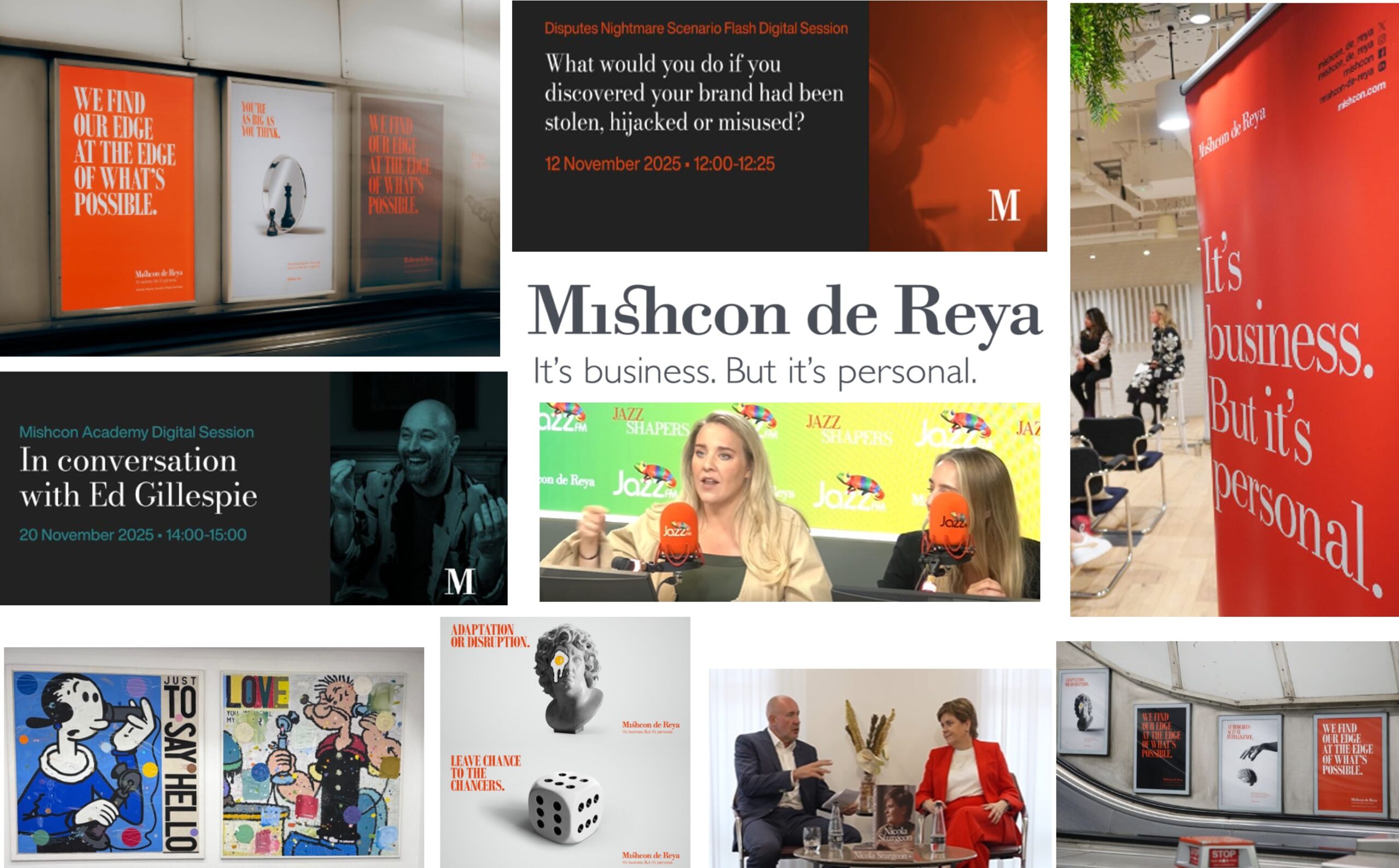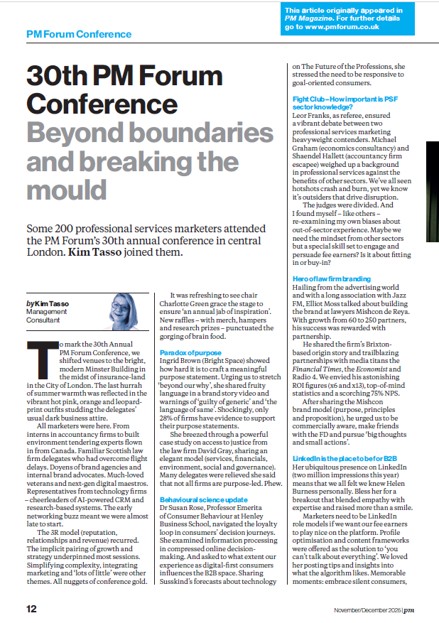
Delegates from law firms in Dublin, Manchester, Buckinghamshire and London joined me at the MBL workshop on persuasive writing. Some were lawyers (family, immigration and conveyancing) and some were in marketing/BD roles with a focus on pitches and tenders. We covered material to help craft clear, concise and compelling communications. Acknowledging the technical content that dominates our writing, there was interest in tone of voice. Persuasive writing tips – Brand Voice and Tone of Voice.
What are brand voice and tone of voice?
“Brand voice” refers to the overall personality and character of a brand. It communicates its identity, core values and messages across all communication channels. It’s how the character of your firm comes through in your words. It’s not so much about what you say, but rather the way you say it. And the impression it makes on your audience. It comprises character, language, tone and purpose. Brand voice is constant. It sets the tone of the relationship.
“Tone of voice” is how that brand voice is expressed in a specific situation. It adapts to the context, channel and audience. Tone can change depending on the situation while still staying true to the brand’s personality. Tone of voice is adjustable. It fine tunes the interaction.
Brand voice and tone of voice work together – rather than against each other. Consistency is key.
Why is brand voice important?
There are many reasons why brand voice is important. It helps us:
- Appear human – We connect better when we perceive an authentic voice
- Cut through the noise – It create a distinctive voice that stands out from the crowd
- Reassure – Familiarity is comforting
- Connect without face-to-face communication – What we lose as cues from visual communication in digital channels, we can pick up through tone of voice
- Focus on the needs of the reader – Rather than us and those writing the content
- Build authority – Regular well-written material positions us as credible and reliable experts
- Earn trust – Consistent client experience generates trust
- Strengthen relationships with clients
Components of Tone of Voice
Tone of voice comprises:
Language – The words you use and their precision. Your choice of different types of words to communicate meaning. Your use of plain language rather than technical jargon. We looked at measuring clarity (Flesch Reading Ease and the Flesch Kincaid Grade Level – Readable). And explored the use of metaphors and figurative language to aid engagement. Language evokes emotion.
Style – The level of formality and structure of your communications. Most professional firms will seek to be relatable and engaging whilst maintaining professionalism. But styles will vary. We talked about when it’s OK to use an informal, conversational style.
Personality – Reflecting the human traits of your brand.
Pacing – The density of your writing. How you vary sentence and paragraph length.
In Book review: Everybody writes by Ann Handley – Kim Tasso, the author says: “Nielsen Norman Group identified four primary dimensions to tone of voice: Funny vs serious, formal vs casual, respectful vs irreverent and enthusiastic vs matter-of-fact. A tone of voice chart shows: attribute, description, like this, not like this. Four powerful places to apply brand voice: micro-copy, about us, first touch and last touch. Voice doesn’t change, tone does”.
Develop your brand voice
Steps to develop your brand voice:
- Consider your overall brand proposition – Everything needs to be aligned and consistent. Your brand voice reflects your overall brand proposition. It’s likely you will have agreed your core brand values. Do they focus on warmth, expertise, complexity, global, innovation, inclusivity or something else?
- Align with your people – The culture of your firm is important. If your people tend to be distant and formal, it will be hard for them to adopt a warmer and informal tone of voice. It can get tricky if you are in a large, complex organisation where there is so much diversity. You will allow some flexibility – for example, in blogs – to allow the personality of individuals to shine through in a subtly different tone of voice.
- Examine your different audiences – Many professional firms will address individuals as well as businesses. These people may be in different roles, life stages, sectors and locations. Client research is invaluable here. We considered the use of personas to help focus on, say, four to six types of audience/reader.
- Consider your competitors – Look at how your competitors communicate. Consider their brand voice and what they are trying to convey. How are they perceived? Where does it place them in the crowded market? Your brand voice will help you standout.
- Review your current communications – Conduct an audit of the places where your writing appears. Inspect the analytics that indicate which communications are appealing and effective at engaging your target audience.
- Define your voice and tone – Select up to six adjectives that encapsulate how you want your firm to be perceived. You may produce lists of approved words (and those to be avoided). You may want to develop vocabulary resources. Produce a tone of voice guide (or a playbook). This is like the guide you have on the visual portrayal of your brand (logos, colours, typography, images etc).
- Apply the style consistently – Look at all the places your content appears. On your web site, in blogs, on social media platforms, in letters and emails. Make sure it has a consistent voice, style and tone.
- Show how it is done – Guide your people. Provide training. The easiest way to communicate brand voice is through examples of the type of writing you are encouraging (and avoiding). Provide plenty of examples to show what you are striving to achieve across different markets and services – so that they your people can emulate the style
- Test and refine – Once deployed, review internal and client reactions and analytics. Make any refinements necessary.
- Use AI tools – The marketing and business development team may provide support for those drafting and editing content. The latest AI tools can be trained to watch for and reflect particular styles and voice to save time. I mentioned Grammarly’s voice detector: Writing Tone Detector and Tone Suggestions | Grammarly and Introducing voice features – Grammarly Support
Other resources on persuasive writing
Seven secrets of great business writing (Video) VASTCOP
Power of three – Writing and presentation basics (Video)
This book is a great resource to help you understand how to create trust through digital communications regardless of the generation, gender, nationality or any other aspect of your audience. Book review: Digital Body Language – How to build trust by Erica Dhawan
This is an excellent book on writing skills for marketers: Book review: Everybody writes by Ann Handley – Kim Tasso and there is a strong section on voice.
This book provides a straightforward guide to storytelling: Book review: Unleash the power of storytelling by Rob Biesenbach
Delegate key takeaways on persuasive writing
- Empathy – Think of the reader’s perspective
- Pitch to a person (use personas)
- “Fee-earner push vs. Client pull”
- Writing with your brand personality in mind
- Use emotion when trying to persuade clients and third parties
- Use storytelling
- Choose the right words
- Say things in less words (as it’s more impactful)
- Decision making processes – thinking about reciprocity and commitment of the reader Influence – Cialdini’s six principles of the psychology of persuasion
- Providing three options rather than two Book review: Nudge: Improving decisions about health, wealth
- Importance of editing
- “There is a lot more to writing persuasively than just the content, particularly you must consider the different delivery techniques and platforms”
Selected delegate poll results
Business writing experience?
- 50% 3 out of 10
- 50% 6 out of 10
Topic of most interest?
- 100% Persuasive writing
How good is your grammar and use of English?
- 50% Very good
- 50% Average
What’s your usual writing process?
- 20% Just start writing to produce a draft
- 40% List bullet points
- 20% Jot notes over a day or two
- 20% Other
How much time do you allocate for editing in a writing project?
- 20% 0 – 25%
- 40% 26% – 50%
- 40% 51% – 75%
How persuasive do you think your writing is?
- 100% Sometimes persuasive
Which do you think is most persuasive?
- 40% Speaking like a human
- 20% Benefits (what’s in it for me?)
- 40% Words and language
To what extent will you try to use storytelling in the future?
- 20% I’d like to but don’t think I will be able
- 20% Client confidentiality will be an issue
- 60% I plan to develop more stories in future
How useful do you think personas might be?
- 25% We rely on them already
- 25% Really useful
- 25% Possibly useful for some writing
- 25% We write for too many different types of people
Are there written guidelines for how to write about your firm?
- 75% Yes – and they are used
- 25% No
To what extent do you use media relations?
- 67% A lot
- 33% About average
Which of the following traditional channels do you use the most
- 25% Print/display advertisements
- 75% Presentations
Which is the main digital channel that you use?
- 25% Web site
- 75% Email
Which social media do you use most?
- 33% Facebook
- 33% LinkedIn
- 33% WhatsApp/Slack
Related posts on persuasive writing
Book review: Unleash the power of storytelling by Rob Biesenbach November 2024
Writing – Audience, Emotions and “Show don’t tell” October 2024
Book review: Everybody writes by Ann Handley – Kim Tasso October 2024
Persuasive writing checklist February 2024
Persuasive writing – Mindset, audience, headlines, key points (kimtasso.com) October 2023
22 tips on being a persuasive writer in professional services (kimtasso.com) August 2023
Hooks, Headlines and Hard-Wired Words: 11 ideas for better writing (kimtasso.com) October 2022
Video – The art of storytelling – Kim Tasso explains and demonstrates April 2021
Storytelling book reviews: The Story Advantage and The Story Factor (kimtasso.com) March 2021
Book review – Persuasion: The art of influencing people by James Borg (kimtasso.com) March 2021
Power of three – Writing and presentation basics (Video) (kimtasso.com) December 2020
Seven secrets of great business writing (Video) VASTCOP (kimtasso.com) April 2020
Writing tips for finding news stories, backstories and explainers (kimtasso.com) April 2019
Top persuasive writing tips – Audience, structure and content (kimtasso.com) February 2019
Persuasive writing – titles and tweets (kimtasso.com) November 2017
Persuasive writing – nine writing tips (kimtasso.com) October 2017
selling legal services with storytelling (kimtasso.com) September 2017
Persuasive writing tips – five technical questions (kimtasso.com) March 2017
persuasive writing – for business development (kimtasso.com) February 2017
Business development writing for lawyers (kimtasso.com) July 2016
Book review – Peter Frederick’s “Persuasive writing” (kimtasso.com) January 2016
5 favourite thoughts on business development writing (kimtasso.com) March 2015









